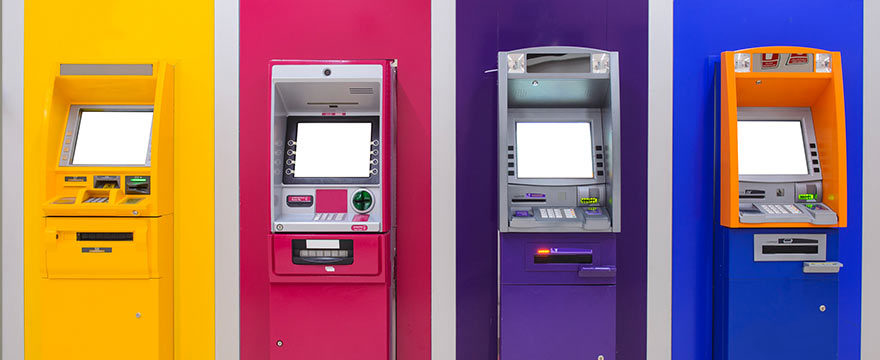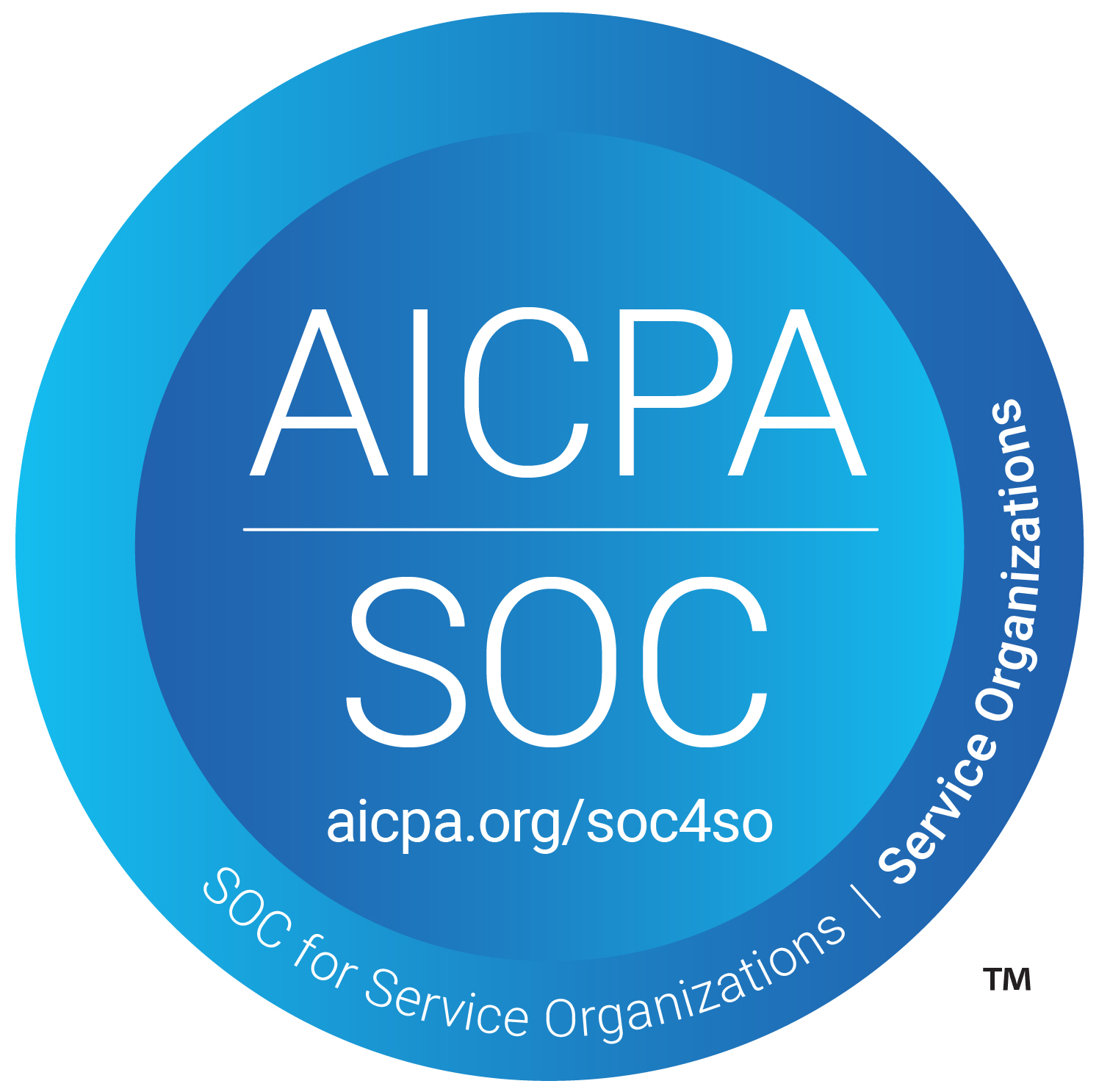While the financial industry is often thought of as slow and stuffy, the ITM is decidedly modern. With the ITM, a virtual ATM is now a portal to a place where video tellers wait to serve you way beyond the confines of normal banking hours. And whether you realize it or not, ITMs are the reality of today, thanks to the development of Interactive Teller Machines (ITMs) and video teller technology.
The Virtual ATM
Interactive Teller Machines (ITMs), sometimes referred to as video teller machines, are a new development in banking technology. They offer consumers a combination of ATM convenience and live teller personal service—all at the touch of the screen.
It is a technology that offers a marketplace to financial institutions where they can cater to global citizens, not only limited to people who could reach branches during the conventional working hours providing everything from dispensation of cash to an application for a loan without any human intervention. For example, a great example of how banks are leveraging this video technology is with ITMs that take their remote capabilities to another level as they extend service capabilities for people to complete transactions, cash checks, or even secure a loan from virtually any location.
The video teller machine redefines what the real “banking hours” are. By giving extended hours and even location beyond the traditional branches, convenience and flexibility have really been taken to a new level. This has further been bolstered by the development of mobile banking which allows holders to conduct their banking transactions at any time and from any location in the world. This seamless integration of technology in the banking sector takes care of the convenience and cost factor but also ensures that serving customers effectively is no big deal for banks in the digital age.
Interactive Teller Machines (ITMs) have emerged as a significant advancement in the banking sector, combining the convenience of ATMs with the personalized service of live tellers.
This technology allows financial institutions (FIs) to extend banking hours and expand their geographical footprint, providing account holders with a broad range of services, from cash withdrawals to opening accounts, all without the need for physical teller presence. However, this innovation also presents new challenges, particularly in the realm of ITM check fraud, which threatens to undermine the security and reliability of these services.
The Dual Nature of ITM Technology
ITMs represent a strategic fusion of digital efficiency and human-centric service, enabling account holders to conduct various banking transactions beyond traditional hours and locations. This expansion of services is crucial for financial institutions looking to adapt to the digital age.
Yet, as Lawrence Reaves, president and CEO of AFS, points out, the rise in ITM deployment has attracted the attention of fraudsters, drawn to the potential vulnerabilities of this new technology.
The Persistent Threat of Fraud
Despite the shift towards digital transactions, check payments remain prevalent, especially in business-to-business interactions, and are a common target for fraud. The FBI’s report of significant losses due to check fraud in 2018 highlights the ongoing challenge FIs face. ITMs, as a newer technology, are particularly appealing to fraudsters seeking to exploit any weaknesses.
Strategies for Protecting Against ITM Check Fraud
To safeguard account holders from ITM check fraud, FIs need to implement a multi-layered strategy:
Real-time Assessments
By analyzing check deposits made through ITMs instantly, FIs can quickly identify and mitigate potential fraud risks, preventing losses before they occur.
Comprehensive Fraud Data
Access to a wide array of fraud data, especially from external sources, enhances an FI’s ability to detect fraud. Utilizing a nationwide fraud database can provide insights into suspicious accounts and activities, aiding in the prevention of fraud.
Account Holder Education
Informing account holders about the risks associated with check fraud and how to recognize and report suspicious activities can serve as an effective defense mechanism. Simple precautions, such as securing banking information and monitoring accounts regularly, are essential.
Specialized Anti-Fraud Fintech Solutions
Tools like TrueChecks utilize cloud-based databases to identify and assess the risk of potentially fraudulent items, offering a sophisticated approach to fraud prevention.
Operational Strategies
Adjusting ITM deployment and usage policies to consider potential fraud scenarios strengthens an FI’s defense against fraud. This includes implementing transaction limits, enhancing ITM surveillance, and requiring multi-factor authentication for certain transactions.
Industry Collaboration
By sharing information and collaborating with other FIs and law enforcement, the industry can create a more formidable barrier against fraudsters, who often exploit gaps in communication and information.
Adherence to Regulations and Best Practices
Keeping up with regulatory changes and industry best practices not only ensures compliance but also strengthens fraud prevention measures. Being proactive in incorporating these guidelines into ITM operations can help address potential vulnerabilities.
Forward-Looking Strategies in the Fight Against Fraud
As financial institutions continue to rely on ITMs for delivering services to account holders, addressing the challenge of fraud will remain a priority. Success in this area requires not just the adoption of new technologies but also a comprehensive approach that includes education, collaboration, and adherence to best practices. Through these efforts, FIs can not only protect their account holders but also enhance their reputation and financial stability.
The introduction of ITMs has brought significant benefits to the banking industry, offering convenience and expanded services to account holders. However, the associated risk of check fraud demands a proactive and thorough approach to security. By implementing the strategies outlined above, financial institutions can effectively navigate the challenges of ITM deployment, ensuring a secure and reliable banking environment for everyone involved.

